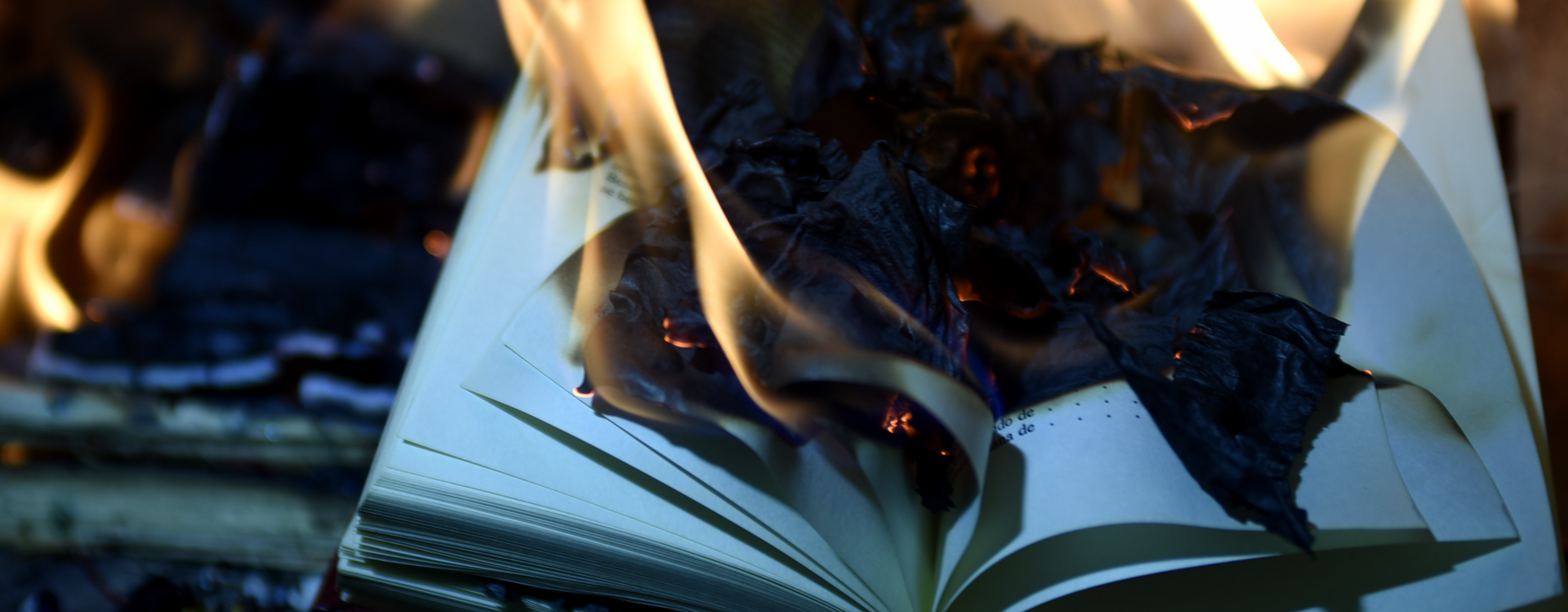Nyikkishong
The only group who never spoke Nyikkishong were those damned northerners. Young Riyim, that Dyiiladuunawa man, reckons that they heard us talking on our boats and thought our talking sounded like sharpening blades, so attacked us before we could explain. Given the other nonsense they believe, I wouldn't be surprised.Nyikkishong is the native language of the Nyikkishep and is spoken primarily in eastern Thurásin. It was previously spoken all along the eastern, southern, and western coasts, and pockets of fluent speakers persist to this day.
History
Like all Thurásin languages, Nyikkishong has been spoken for thousands of years. It is supposedly distantly related to its southern neighbour of Garanya, though the divergence occurred before the written record and the two are no longer mutually intelligible. In the olden days, Nyikkishong was not spoken by many outside of the Nyikkishep, who kept largely to themselves along the eastern coasts. Its primary contact was with Garanya, which was usually spoken for trade purposes. Garanya's dominance abruptly collapsed after its political centre, the theocracy of Dyiiladuun, was destroyed by a dragon. The Nyikkishep surged to fill the vacuum left behind by its destruction, and the language spread rapidly southward and then west before hitting a wall of Vaitsärriishal speaking communities. These communities would later be conquered by a Nyikkishep empire, which grew to expand across all but the northern coasts and central interior of the continent. Due to their immense power, Nyikkishong became the most spoken language in the eras of Conquest and Plague, and it was from Nyikkishong that the continent got its name - Thurásin, or the land of dragons. Their dominance ended in the aptly named Era of Collapse, where failed efforts to expand into the northern archipelagos and numerous independence movements shattered the empire, sending the political elite back to the eastern coast. Nyikkishong was banned in many of their former territories as a method of restoring pre-conquest culture, which was especially successful on the southern and western coasts. The south east, the former Garanya-speaking stronghold, struggled to retain control and bilingual Garanya-Nyikkishong speakers were common. Nyikkishong was only somewhat impacted by The Collision and the introduction of elves. Nyikkishong speakers did become the primary point of contact for the elves from a large island off the east coast, and small parts of their vocabulary trickled into coastal regions. Its profile was improved by this, as many of those elves learnt some Nyikkishong in order to trade.Fall from Grace
Once among the most spoken languages on Thurásin, Nyikkishong is a shadow of its former glory. Much of this destruction came at the hands of two sources - the northerners, and the people of Ozäxa-Lavüdh. As tensions rose within the empire during the Era of Plague, they sought to expand their borders ever further. Ozäxa-Lavüdh steadfastly blocked progress up the River Tsädh into central Thurásin, and so the empire turned northwards, into the northern archipelagos. Unfortunately for them, the northerners had prepared for their arrival, and spilt many a gallon of Nyikkishep blood in the ocean. These failures doubled back into the empire itself, signalling an opening for the many conquered Tsädhayo to rise up and reclaim their homelands. Very few of these 'new' countries kept Nyikkishong for any longer than necessary, with some going as far as to destroy monuments made during the imperial era, to fully erase its impact.
Burning Book by Movidagrafica




Comments